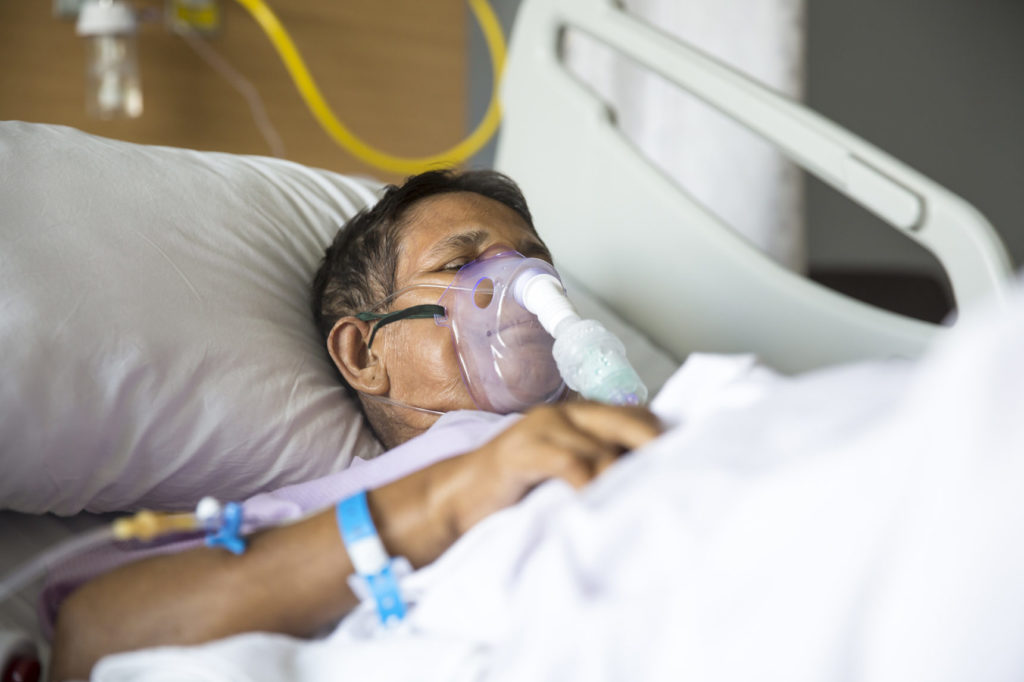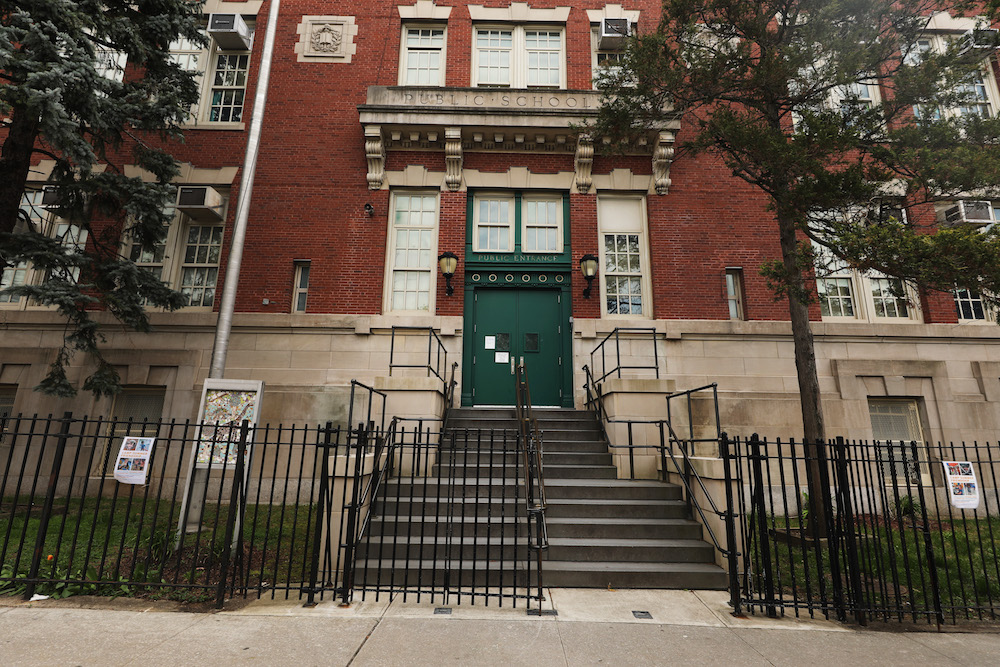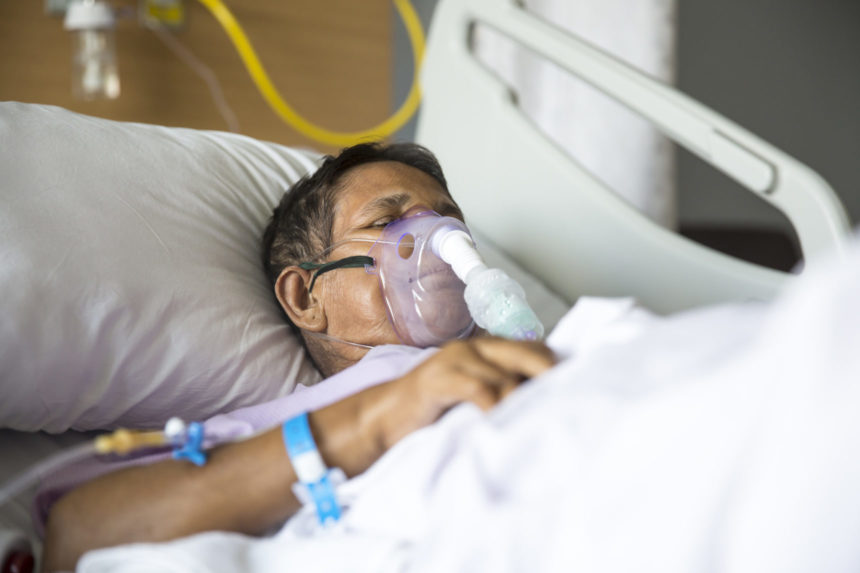Isn’t it quaint to think back to Groundhog Day, when the prediction most pertinent to our lives was how many more weeks of winter we’d have to endure? We make our way now through an extended winter, wondering when it will be safe to come out. Right now, we have too many groundhogs and too many shadows.
Today’s coronavirus newsletter is 1,242 words and will take you six minutes to read.
Top stories
- 22 million Americans — about one in seven workers — have filed for unemployment benefits over the past four weeks. Some economists predict unemployment could reach Depression-era levels of 20% or more.
- President Trump’s latest plan for reopening the economy would allow areas with “limited transmission, ample public health and health system capacity” to begin easing social distancing in May, but “hot spots” would have to wait until at least June. The White House plan is a suggested framework for phasing back to normal activity; specific action steps will continue to come from state governors.
- Other countries are already venturing onto that tightrope. Like many of her European counterparts, German Chancellor Angela Merkel is easing some restrictions. Small shops would open in the next week and school would resume in May, but large public gatherings would be shut down until the end of August.
- Around the world, countries will open and close on their own schedules. Japan just expanded its state of emergency to cover the entire nation. The measures, designed to reduce contact with others by 80%, is effective through May 6, the end of the Golden Week holidays.
- More and better testing is needed before we can come out of the burrow. A positive step in that direction was approval of the first saliva test to detect coronavirus infection, put to use this week at a drive-through testing facility in New Jersey. Thousands of tests can be done each day, results take 24 to 48 hours, and the method does not require the personal protective equipment that’s needed to perform throat swabs.
The Takeaway:
We are headed for a thaw in the world of social distancing, but the timing is still iffy — dependent on the course of the virus itself, the availability of testing, and what we can hope are the well-informed judgments of government leaders.

Taking the lead
Natural leadership has a way of emerging during a crisis of epic proportions.
- Andrew Reid, strategy director at the London-based creative agency Shelton Fleming Associates summarizes “8 Rules for Being a Great Leader During a Lockdown” in Conference & Incentive Travel (C&IT). 1. People first. 2. Be honest. 3. Talk often. 4. Engage everyone in the future. 5. Stay sane. 6. Act fast. 7. Remain positive. 8. Keep in touch with any staff that may need to be furloughed.
- In Medical Marketing & Media, John Cahill, Global CEO of the McCann Health, lists three abiding principles that can guide healthcare and pharma marketers in times of turmoil as well as normal times: responsibility, adaptability, and authenticity. Cahill notes that marketers have a unique opportunity to serve as a “beacon of information” at a time when customers are anxious and uncertain about the public health crisis.
- More than 80 live events companies in the U.S. have come together in a coalition, called Live for Life, that is lending construction capabilities, logistics expertise, raw material inventories, and labor to build temporary hospital rooms, testing centers, and emergency treatment rooms. “We are highly organized, very familiar with operating at scale, and we know how to build the impossible quickly,” says Chris Meyer, CEO of George Johnson, one of the coalition’s founding members. “Most importantly, we want to help,” he tells C&IT.
- According to People Management, CEOs at one in four of the biggest companies in the U.K. have taken a pay cut during the pandemic. Typical reduction in compensation was 20%, with one CEO taking a 35% cut and donating the other 65% to an employee fund.
The Takeaway:
No time like the crisis of a lifetime for leaders in all sectors to step up. Opportunities abound in a time for optimism rather than optics.

Cancer in the time of coronavirus
Cancer patients are in double jeopardy these days. They are among the most vulnerable to COVID-19 infection. The pandemic is also posing obstacles to their getting the cancer treatments they need.
- A powerful perspective in PR Week U.K. from a Stage 4 cancer patient describes the even more daunting survival odds he and others now face: “Scans and treatment are canceled for the foreseeable future. Relative risks are too high. .. I’m playing Health Russian Roulette… The stark reality is that should I fall seriously ill, I may not qualify for a ventilator.”
- Guidelines to help mitigate the transmission of COVID-19 among cancer patients and the health professionals who care for them have been developed by the National Comprehensive Cancer network. As noted in Cancer Therapy Advisor, strategies for oncology practices include prescreening for COVID-19 symptoms and exposure history using telemedicine platforms, and having patients who come to the office seen in a separate unit by a separately dedicated staff.
- Can patients who need surgery for thoracic cancers (such as cancers of the lung or esophagus) have the operation right away, or do they need to wait? Cancer Therapy Advisor also reports that a panel of experts has agreed on a plan for triaging these patients into three categories depending on the individual’s clinical condition and the intensity of COVID-19 activity in the area: 1. surgery as soon as possible, 2. surgery delayed for three months, and 3. use of alternate therapies.
- The pandemic is also causing delays in treatment and surgery for blood-related cancers, according to Hematology Advisor.
The Takeaway:
Getting back to normal must include not only allowing workers to return to work and schoolkids to school and shoppers to shops, it also has to open up the health system once again so that people who have had to delay their care can get the attention they need.

Odds and ends
- Is your car sitting a lot these days? U.K.’s Autocar offers a comprehensive checklist for auto maintenance through the lockdown, so that it won’t be rusting while it’s resting.
- As of this week, about half of the 51 million kids in U.S. public schools will be staying home for the rest of the school year, affecting students in 26 of the 50 states. Seniors will be graduating with much less pomp and much more circumstance.
- Bobblehead dolls of Drs. Anthony Fauci and Deborah Birx, medical mainstays on the White House coronavirus task force, are on presale at the National Bobblehead Hall of Fame and Museum (yes, there is such a place, in Milwaukee). Five dollars from each sale will be donated to the American Hospital Association’s Protect the Heroes Campaign. Delivery — delayed like so many other things these days — won’t take place until July.
Songs, poetry, and flowers for a spring weekend
“The pleasures of spring are available to everybody, and cost nothing.” – George Orwell
- This “ultimate quarantine playlist” from Emily VanDerWerff, critic at large for Vox, includes 215 songs and lasts 16 hours.
- Take any of eight “stunning” virtual tours of gardens around the world, from Monet’s Garden in Giverny to Keukenhof in Amsterdam, Kew Gardens in London, and botanic gardens in Chicago, Washington, DC, and Hawaii.
- “Caged Bird” by Maya Angelou
- “Some Thoughts on the Common Toad” by George Orwell
It’s the weekend now. Take good care.







